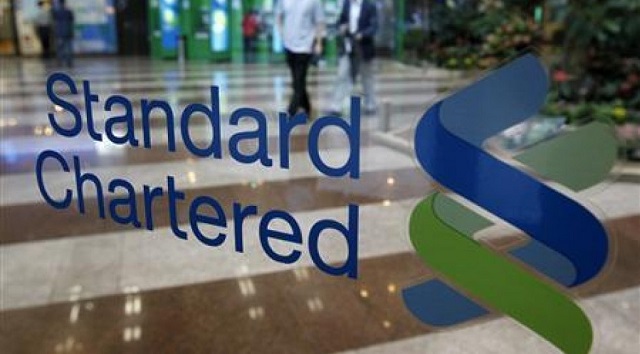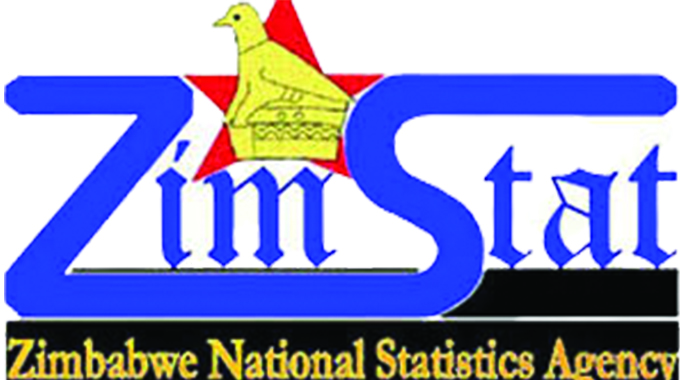Stanchart Bank targets $450m loans

Harare Bureau
STANDARD Chartered Bank says it has pegged its loan book at $450 million for 2017 as it works towards supporting the country’s productive sectors.
Speaking to our Harare Bureau on the sidelines of its Africa Unity Square branch launch, chief executive officer Mr Ralph Watungwa indicated the loans were skewed towards corporates, which accounted for $400 million while the remainder was for personal loans.
The Government has been calling for financial institutions to channel credit towards the productive sectors as a way of supporting local industry, as opposed to individual lending.
“Our loan book is $50 million on the personal side and for corporates we are at $400 million,” said Mr Watungwa adding the bank could lend up to $50 000 for the productive sector at 12 percent interest per annum.
Economists also say there is a need for a shift in lending trends from individual loans to more productive sectors of the economy such as mining, agriculture and manufacturing.
This is premised on the notion individual loans are mainly for consumptive purposes.
However, with a boom in the informal sector, there is scope for lending to individuals as most informal traders and small to medium entrepreneurs also fall under the strata.
According to the RBZ, lending to individuals was the highest as at June 2016 accounting for 16,57 percent of the total lending portfolio.
Manufacturing and agriculture and were next at 15,38 percent and 15,05 percent respectively.
Figures show that distribution, mining and services are also among the recipients of bank loans at 12,07 percent, 12,04 percent and 10,13 percent in that order.
Construction sector and the state received the least at 1,27 percent and 0,52 percent respectively.
Mr Watungwa said the bank had managed to keep non-performing loans below the sector average through cautious lending and engagements with their clients.
“The average non-performing loan is at 3,4 percent and we have achieved this by talking to our customers and assisting them get through the challenge rather than closing them down.
“So there are a lot of work-outs we do to assist you and those we cannot assist we make sure that the loss they incur is not beyond what they invested,” he said.
According to the Reserve Bank of Zimbabwe, credit to industry rose sharply between 2009 and 2012, rising from 8,4 percent to 28 percent relative to overall economic output on growth in the economy since dollarisation in 2009.
But things have come to a head since 2012, as bad loans soared to nearly 20 percent at some point, economic growth slowing and offshore lines of credit disappearing.
The Reserve Bank of Zimbabwe stepped in through setting up of the Zimbabwe Asset Management Company to tackle the burden of non-performing loans by acquiring those loans itself.










Comments